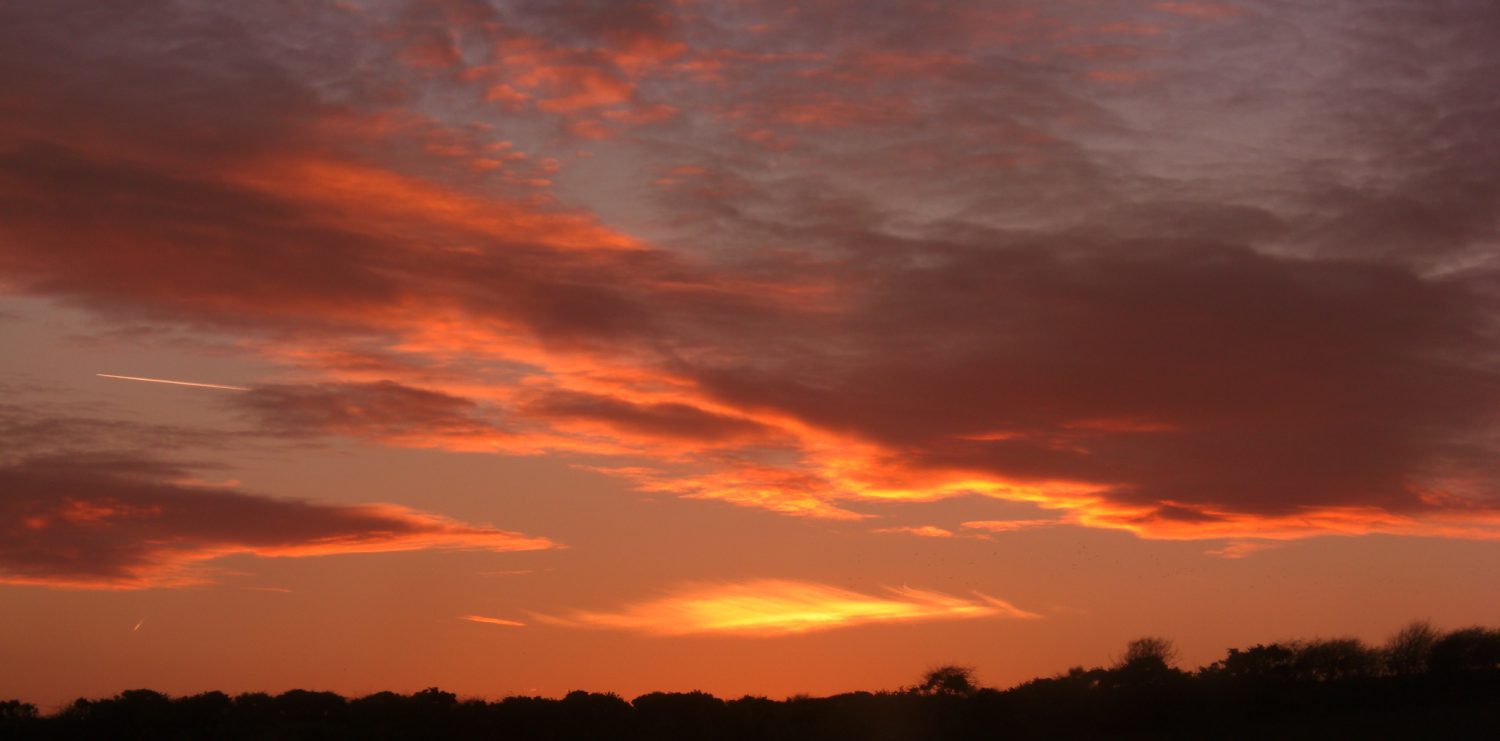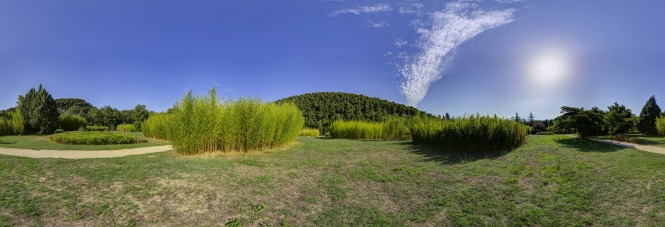Remember we have only been farming and gardening for a few ten thousand years, nature including plants have been around billions of years.
Up to a hundred years or so ago we mostly grew our food without the use of artificial pesticides, fertilizers, and fossil fuelled heavy machinery. Leaving our pristine rain forests to their native populations to manage.
But since the human population explosion just over the last 60 years from 2.5 billion to a frightening 7.5 billion! Deforestation has followed mostly to provide land for Farming and Agriculture. An estimated 18 million acres of rain forest is lost each year and at this rate there will be no rain forests left in less than 100 years. But long before this doomsday scenario, the effects of overpopulation, such as water poverty and famine, increasing conflicts and loss of biodiversity will be irreversible.
Other reasons the forests are decimated are, logging, mining, urbanization and lately planting of biofuels. This is a significant contributing factor for increasing CO2 emissions around 15%- 20% of the worlds Oxygen is produced in the Amazon forest alone. When you think that around 280 billion tons of carbon are stored in the worlds forests, to continue destroying them seems like total madness.
We are all personally responsible to reduce our consumption of tropical unsustainable timbers, in the form of paper, garden furniture, decking,hardwood flooring, window frames and other household furnishings such as veneers, fancy boxes or 
 Mahogany sideboards. Rain forest timber is usually cheaper than native hardwood timber mostly because it hasn’t been planted by man so the only cost is logging.
Mahogany sideboards. Rain forest timber is usually cheaper than native hardwood timber mostly because it hasn’t been planted by man so the only cost is logging.
We as a human race need to learn how to live in harmony with plants and treat them with the respect they deserve. We are already witnessing the beginning of another mass extinction of species which is the Earths natural purging mechanism when things get out of balance.
Events such as, rising sea levels,increasing strength of hurricanes and cyclones, floods, landslides, vast wild fires, mass dying of coral reefs, emergence of pandemics of virulent, relatively rare diseases like Zika, AIDS and Ebola viruses. These all threaten ours and our animal partners survival. We will all be long gone before plants die out!
mass dying of coral reefs, emergence of pandemics of virulent, relatively rare diseases like Zika, AIDS and Ebola viruses. These all threaten ours and our animal partners survival. We will all be long gone before plants die out!
we can all make a difference by growing and planting eco-friendly plants, like bamboo and trees on every available space , on walls, roofs and terraces, and tops of lower mountains. We need to eat less meat especially beef and return grazing land to forests.
Currently a staggering 30% of all agricultural land is used for meat production and is one of the main reasons for the 140% increase in CO2 emissions in Asia alone since 1965. And it’s estimated that nearly 25% of all emissions released, are a consequence of meat production.
Bamboo an alternative eco-friendly agricultural resource?
1. Bamboo absorbs CO2. In fact it releases 33% more Oxygen than the equivalent hardwood forest.
2. Bamboo is very fast growing, up to 2-3 feet/day, you can actually hear it as it extends upward! It can be harvested in 2-5 years, rather than 50-100yrs for hardwoods. It then regrows from its lateral shallow roots, without any maintenance.
3. It is a great resource for beautiful furniture or flooring, and is far less susceptible to moisture and decay. It is a great garden soil enrichner and mulch I use it all the time, just shred it and add it to the compost bin or just rake it in at the end of the season ready for next spring. None of the plant is wasted.

Yummy



